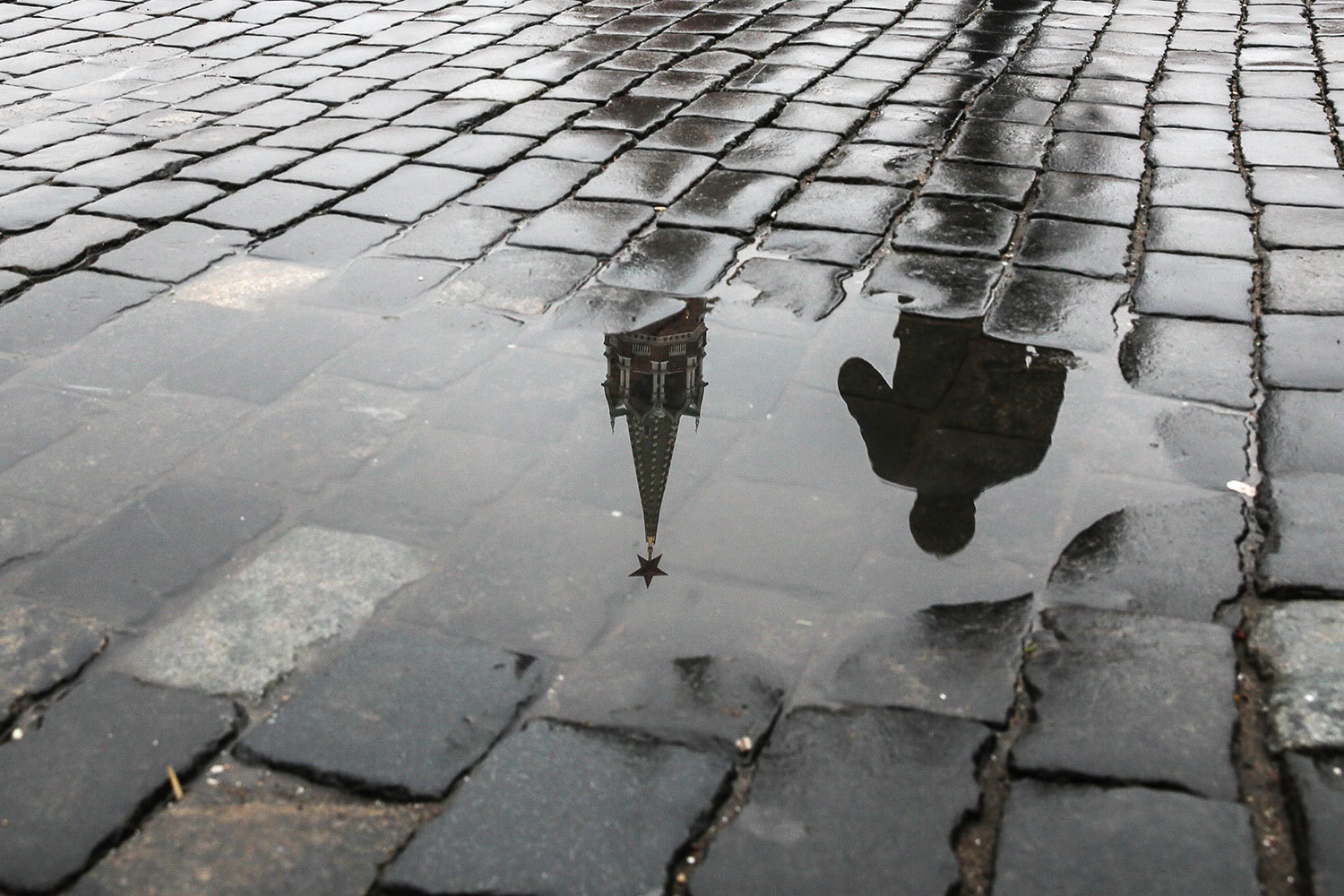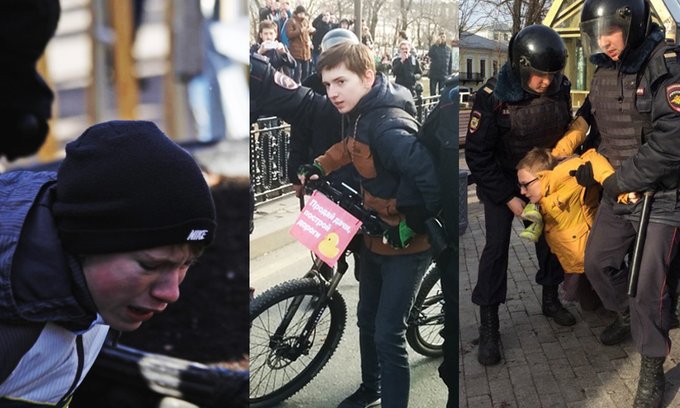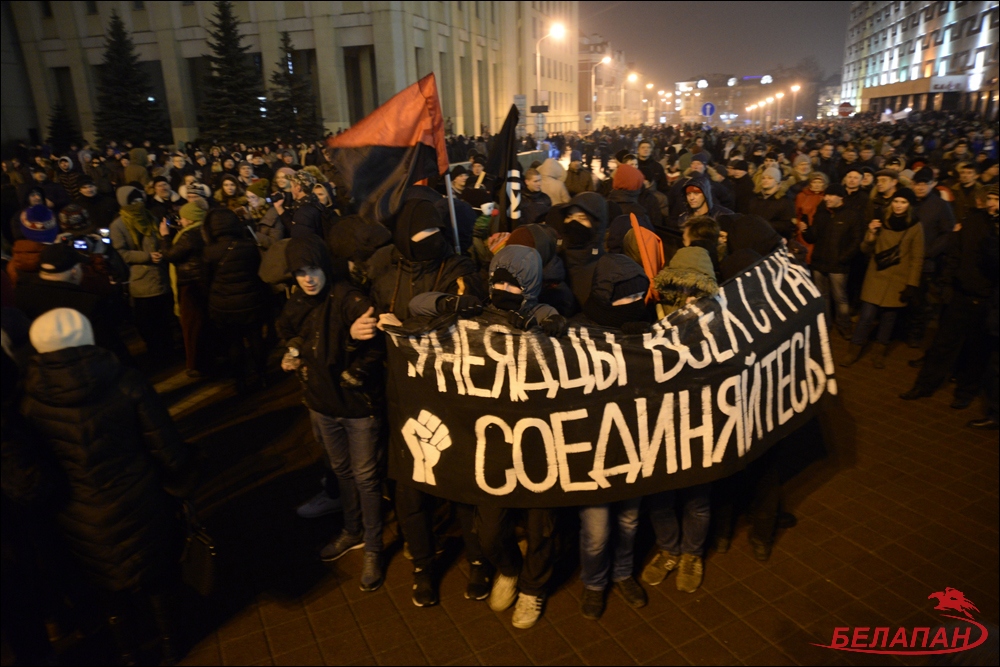To get some idea of just how widespread the demonstrations were, how many people turned out in various places and how many of the protesters were detained, see this extremely useful interactive map.
Two other cities at opposite ends of the Russian Federation – Vladivostok and Kaliningrad – highlight other aspects of these phenomena. In Vladivostok, the specialist says, people have greater contact with the outside world and are thus more inclined to develop critical views about the regime. Kaliningrad, which one might have expected to display a similar trend, hasn’t, Zubarevich says. There, people didn’t protest; and that pattern allows for the following conclusion: “Participation in protests in Vladivostok is good news, but non-participation in Kaliningrad is bad.” “It is possible,” she says, “that the passivity of the Kaliningraders is connected with the fact that in 2011-2012, they took an active part in protests” and then the authorities responded in a better way: they paid more attention to local needs, they maintained a dialogue, and that reduced political activism by the population.“The estrangement of the powers that be from the population has reached unthinkable dimensions,” she says; and “the struggle with corruption has simply become a suitable euphemism” for a much larger set of problems.
According to Zubareivch, this is not a reflection of “the good work of Navalny.” In many places, such as Yuzhno-Sakhalinsk, he and his supporters not that popular. Simply the process has matured, and the time has come. People have told the powers that be: ‘it isn’t necessary to live on Mars.’” The current crisis began in 2013 and has only gained speed and size, more slowly where the authorities have responded with dialogue and more rapidly where they haven’t. (For an example of this, see how Kazan’s ban on protests there backfired and made the situation even more tense.)All this means that now, “we are in a very interesting situation: one cannot localize these problems: they are everywhere.” This is “the first time in Russian history” that there have been so many protests in so many places about many of the same issues all on the same day, the Moscow regional specialist says.
But now, Zubarevich says, no one can avoid concluding that “this is a federal problem: the participation of local officials only slows the decline in some places but more commonly accelerates it.” And that crates “a very interesting situation: it is impossible to localize the problems: they are everywhere.” Moreover, as Sunday’s numerous demonstrations outside of Moscow show, “in regional centers this crisis is felt no less than on the periphery. This too distinguishes the current crisis from all preceding ones.” Zubarevich does not discuss this, but geography also helped the Navalny protests in another way: The successful demonstrations in the Russian Far East hours before they were to begin in Moscow encouraged people in the capitals to come out, something that will only intensify if there are more such demos in the future.From many points of view, the economic and social decline of the last four years has been even worse in the regions than in the capital: “On the periphery, people more often get involved in informal activity because there are no social guarantees and one can lose work at any moment. All this doesn’t contribute to optimism” about the future.
Related:
- Why aren't Russians protesting against Putin?
- Eurovision, Russia, and weaponized disability
- 'Putin is the Bin Laden of today' and other neglected Russian stories
- Day in History, 2014: UN rejects Russia's violent attempt to reshape borders
- US sanctions on Russia effective, don't hurt American economy, report finds
- New Threats Require a New Response: What the Baltic Countries and the US Face in Putin's Russia
- Gerard Depardieu, the Eurovision contestant, and other Russian artists Ukraine banned
- Former Russian MP Voronenkov, key witness in Yanukovych treason case, assassinated in central Kyiv





